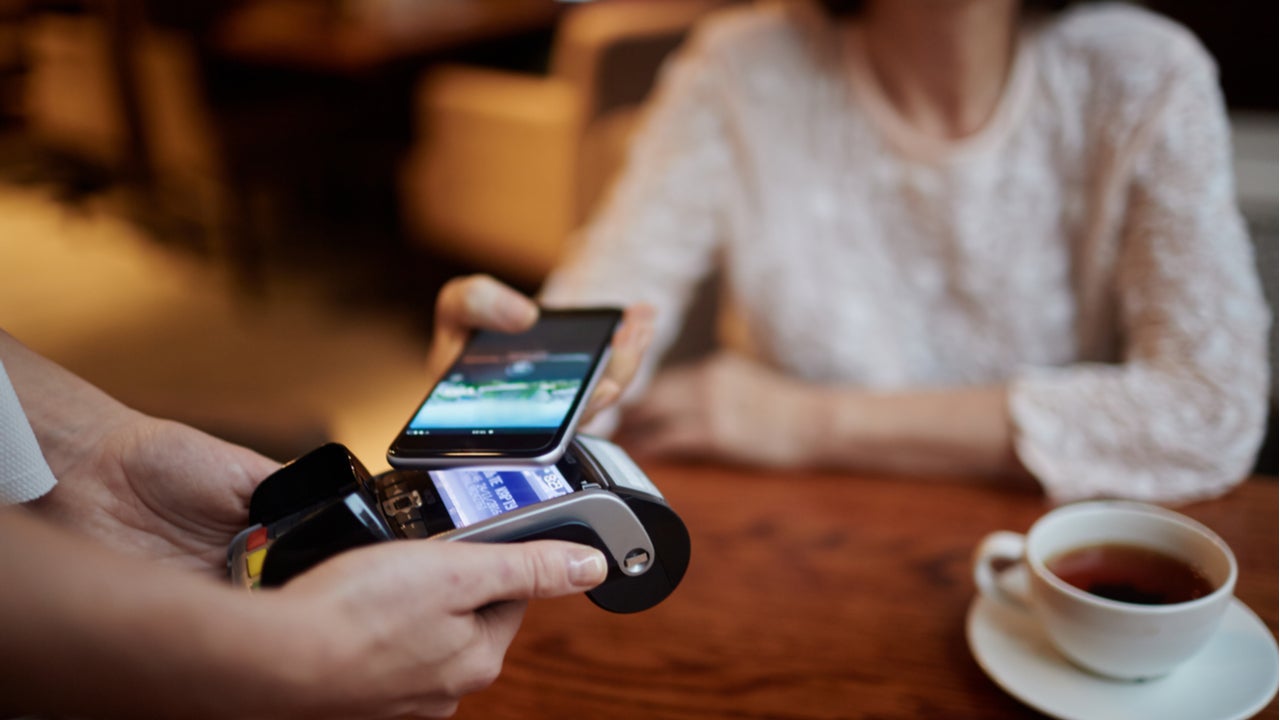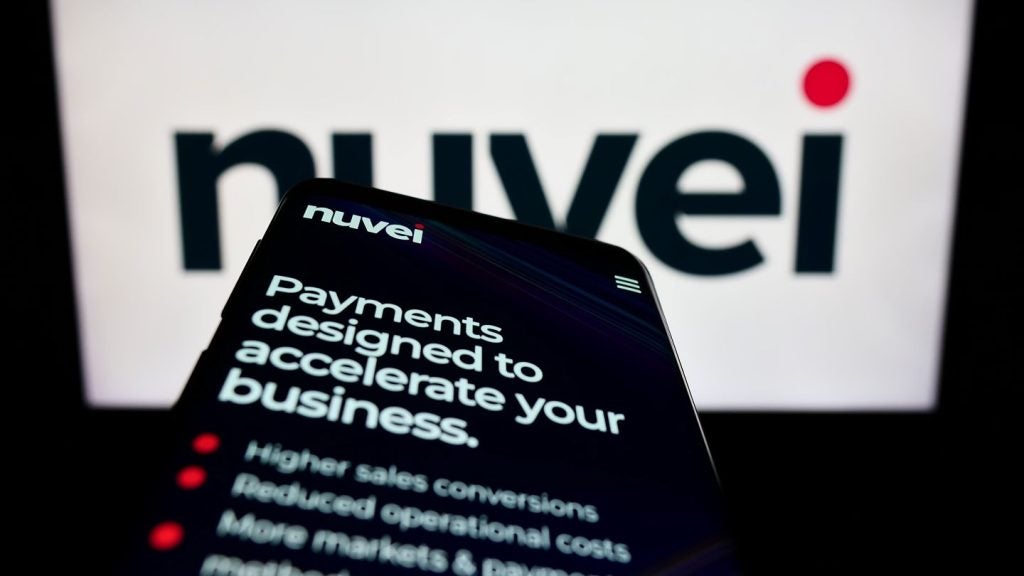Mobile payments are poised for major growth in the next few years, being one of the few areas in the whole payments industry that has seen a positive impact from the Covid-19 pandemic. Many of the prevailing trends in payments generally are converging around the smartphone as the form factor of choice in electronic payments. Plastic cards are on the way out but will likely take their time declining, kept afloat by inertia.
Macroeconomic Trends
Listed below are the key macroeconomic trends impacting the mobile payments industry, as identified by GlobalData.
Covid-19
Consumers’ purchasing behaviour has been dramatically affected by the pandemic itself as well as by the lockdowns we have seen. In general, consumer spending is down due to reduced confidence and a looming recession on the horizon, despite the best efforts of governments to bolster economies. Despite this gloomy outlook for payments overall, the situation is actually likely to boost mobile payment usage.
At the physical point of sale (POS), cash usage has suffered greatly due to fears over it being a potential disease vector. This has led to the growing significance of electronic payments that does not require contact to be made with a terminal. The payments industry as a whole is pushing cashless payments very hard in the wake of Covid-19. Visa and Mastercard have raised contactless spending limits, while central banks and third-party payment providers alike are launching mobile payment schemes to capitalise on the move away from cash.
Mobile especially is well-positioned because its in-built security measures allow for Strong Customer Authentication natively on the device without requiring contact with a POS terminal.
Rise of millennials and Generation Hashtag
Smart mobile devices are held by all demographics worldwide, but it is the youngest groups that make the most use of these devices. The ability to use these devices for payments is most appealing to millennials compared to others with more ingrained card- or cash-using behaviours. GlobalData’s consumer surveys also find that younger people use mobile devices for payments more often than others.

US Tariffs are shifting - will you react or anticipate?
Don’t let policy changes catch you off guard. Stay proactive with real-time data and expert analysis.
By GlobalDataIncreasingly cashless societies
Cash has been on the decline globally in favour of electronic payment tools for decades. In the developed world, the default non-cash payment option is still cards, but markets in Asia and Africa have mostly leap-frogged cards, moving directly from cash-dependent societies to mobile payment-based societies.
Covid-19 has accelerated the overall trend of decline in cash usage as consumers are driven to payment tools that involve as little contact with physical POS equipment as possible, with mobile being the lowest-risk option. The distribution of smart mobile devices to the homeless in China in order to extend access to the ubiquitous WeChat and Alipay social and financial networks provides an example of how a cashless society can reach vulnerable sectors that have historically relied on cash.
Cross-border payments
The current picture of mobile wallet distribution globally is of stark divides across geographical lines. Some markets, such as Kenya, are dominated by a single wallet (M-Pesa), while others such as the US have multiple wallets all co-existing and/or competing.
Since most popular mobile wallets are domestic or regional players, cross-border payments still need to be settled using traditional methods of payment. Payments can handle multiple international players – Visa and Mastercard’s “duopoly” proves that – but so far such interoperability is limited and small in scope.
Social media usage
One of the major synergies mobile payments brings to the table is the ability to integrate, directly, into the social media platforms that are now the central means of communication for many consumers (especially the Generation Hashtag). The best example of the potential power of social media and payments is Tencent’s WeChat. WeChat fully integrates payments into a chat app with a gigantic user base, creating a digital space where enterprises and sole traders can conduct all of their business, to say nothing of its applications in peer to peer (P2P) communication and payments.
Sustainability
Sustainability is the defining theme of the 2020s. Customers, voters, and politicians will demand greater action on environmental, social, and governance issues. In the payments industry, sustainability incorporates issues relating to eliminating non-recyclable waste in supply chains, improving business ethics, and investment in sustainable enterprises outside the industry.
Moving from hardware-based systems at the POS to software-based systems (mobile payments, hardware-free mPOS) is the first step; if the plastic card was not already in danger from other trends, eliminating it will certainly be looked at as a quick way to reduce waste in the industry. Of course, the smartphone industry is not without its faults in terms of sustainability, and supply chain waste as well as the question of planned obsolescence will need to be addressed.
This is an edited extract from the Mobile Payments – Thematic Research report produced by GlobalData Thematic Research.









